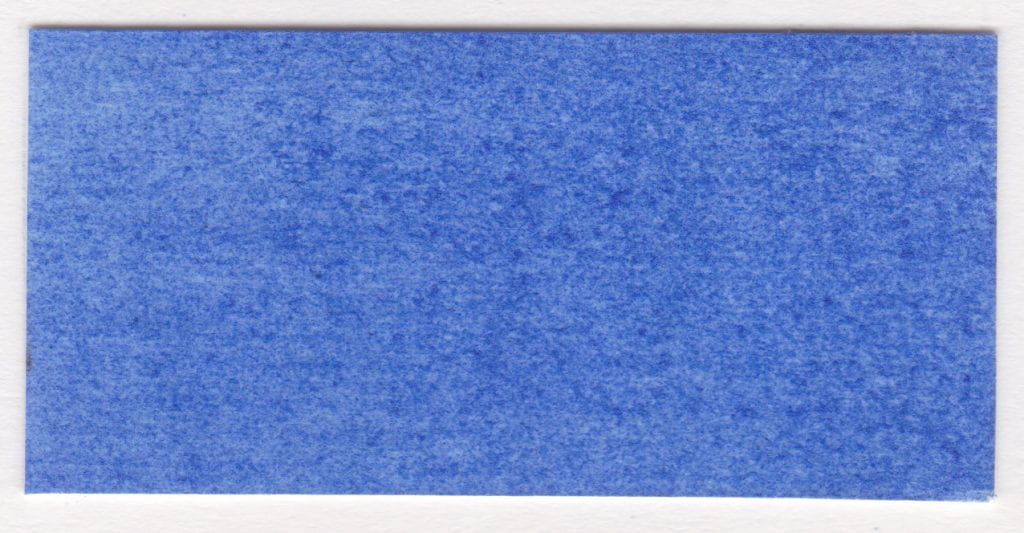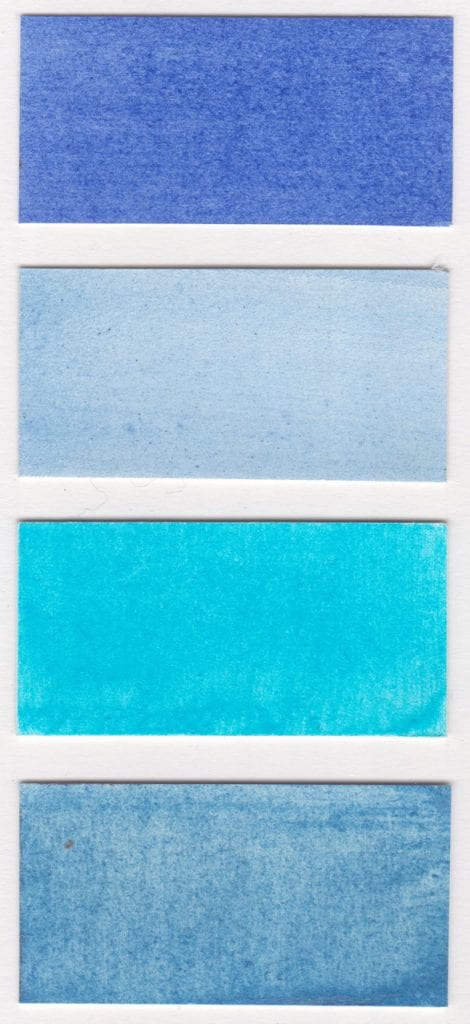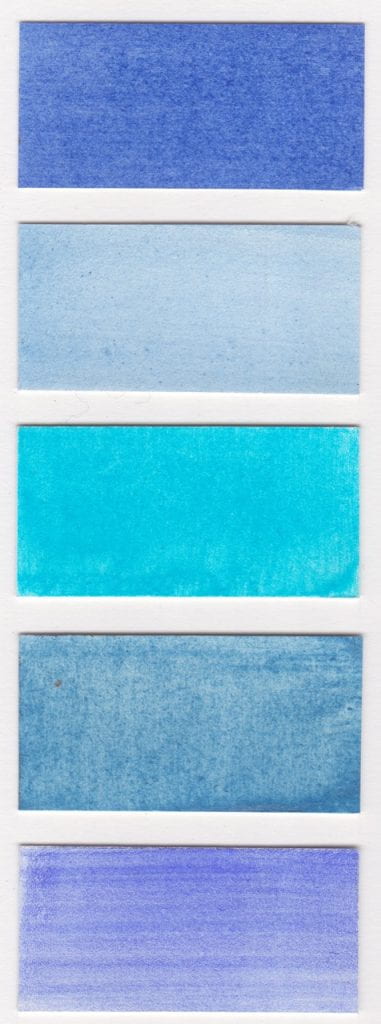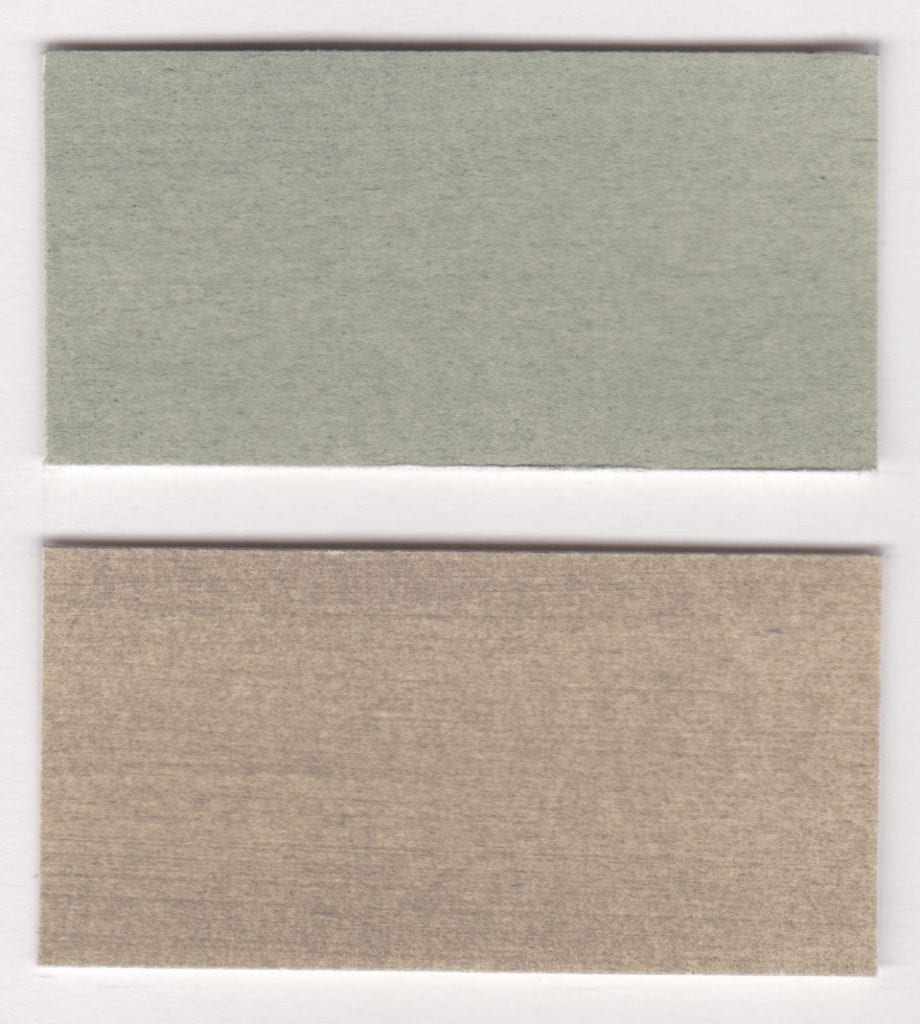I’m delighted to welcome Matt Szafran as a guest blogger this week. Matt is an independent researcher in Egyptology, currently studying the manufacture and use of Predynastic Egyptian stone palettes, using a combination of written material study, experimental archaeology, and advanced imaging techniques such as Reflectance Transmission Imaging (RTI). He has published magazine articles and has peer reviewed articles currently in publication. Matt is also presenting an introduction to Predynastic Egyptian palettes for the Egypt Exploration Society‘s current lecture series on 16th May 2020 and he will also be presenting his research on use-wear on Predynastic palettes at this year’s British Egyptology Congress in September.
Malachite, a copper carbonate hydroxide [Cu2(CO3)(OH)2] is a naturally occurring mineral formed in the weathered zone of copper deposits. Its a bright green colour, striking in outcrop. It is a mineral that would have stood out in a landscape (with the right geology) and would have been immediately attractive as a mineral with pigment potential.
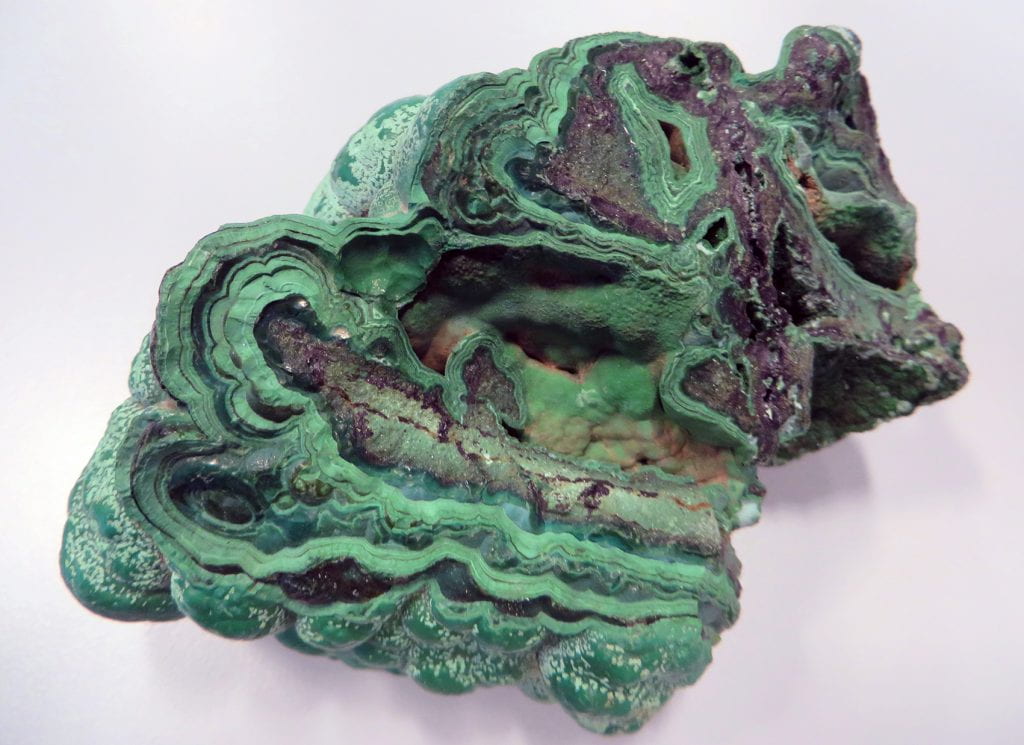 A mineral specimen of malachite, illustrating its striking colour and typically encrusting habit (photo, Ruth Siddall).
A mineral specimen of malachite, illustrating its striking colour and typically encrusting habit (photo, Ruth Siddall).
Malachite does indeed have the properties to make a good mineral pigment; it is relatively soft and can be easily ground and it retains its colour when ground (as long as it is not ground too fine). Malachite has been used as a pigment in painting from the Egyptian Dynastic era onwards, and it occurs in all cultures worldwide. However, its use as a cosmetic material is often overlooked and this glimpse of the use of malachite on Egyptian Predynastic palettes is of great interest in terms of providing a more nuanced picture of the use of malachite as a pigment in prehistory.
 A photomicrograph of malachite prepared as a pigment and viewed using cross-polarised light (Photo © The Pigment Compendium, 2004).
A photomicrograph of malachite prepared as a pigment and viewed using cross-polarised light (Photo © The Pigment Compendium, 2004).
Over to Matt …
Pigment Processing using Stone Palettes in Predynastic Egypt
To most saying ‘Ancient Egypt’ will conjure images of kings and pharaohs, glittering gold, mummies (especially that of a certain boy king), temples, and monumental statuary. All of these are from the Dynastic era (c. 3150-30 BCE), with the earlier Predynastic era (c. 6000-3150 BCE) receiving very little attention – in spite of having its own fascinating material culture.
The Predynastic tribes mostly used stone tools, with some copper and copper alloy working, and therefore the most common material remains are pottery, woven baskets, worked stone, beads and stone tools. One of the groups of stone objects, and the third most common object found in burials, is the stone palette. Palettes have been found from different sub-periods within the Predynastic era, however they were all made from the fine-grained greywacke sandstones and siltstones found in the Wadi Hammamat in Egypt’s Eastern Desert. The shape of palettes varied stylistically across each of the different periods of the Predynastic era, with palettes having been found ranging from simple geometrical-shaped forms to animal-shaped silhouettes to later palettes which typically have large, intricately carved surfaces.
Since their rediscovery in the late 19th Century, Predynastic palettes have been associated with the processing of pigments, with the likes of pioneering arcaheologist and Egyptologist Flinders Petrie stating that they were used for processing the copper ore malachite for use in cosmetics. This assertion is in part due to palettes being rediscovered in graves with traces of green staining still remaining on their surface.
 Rhomboid-shaped palette in the Bolton Library and Museums collection (accessioned as 1909.76.10).
Rhomboid-shaped palette in the Bolton Library and Museums collection (accessioned as 1909.76.10).

Fish-shaped palette in the Petrie Museum collection (accessioned as UC4374).
Whilst many scholars repeat 19th Century statements that malachite was ‘ground’ on palettes, experimentation has shown that malachite would in fact be crushed – initially against a large anvil stone and then the resultant crystal shards should be crushed further to a fine powder on the surface of a palette. The malachite needs to be wrapped in fabric or leather; this helps to contain the very flyable shards produced during crushing – something analogous to wrapping biscuits in clingfilm before crushing them to make a cheesecake base. To create the finest possible powder the anvil needs to be as smooth and polished as possible, something for which the surface of a palette is ideally suited.
 Crushing malachite against a large sandstone anvil stone, with a handheld limestone hammer stone, to produce small shards and powder.
Crushing malachite against a large sandstone anvil stone, with a handheld limestone hammer stone, to produce small shards and powder.
Once the malachite powder has been obtained, it can be mixed with a base to form a cosmetic or paint. Scholars suggest that this base could have been a drying oil such as linseed or poppy, a lipid (animal fat), or even simply water.
There is no evidence for malachite being used as a paint in the Predynastic period; pottery and other objects of this time only show evidence of ochre or gypsum-based paints. It therefore seems to be logical that malachite was instead only used as a cosmetic and applied to the body. Different scholars have differing ideas on what exactly the use of this malachite application could be. Some have suggested a strictly utilitarian use, with malachite application around the eyes acting as a defence against the sun, for medicinal benefit, or even to ward off flies. Others suggest much more ritualistic uses, with the application of pigments having a tegumentary use and essentially acting as a form of mask. Palettes were not a common item and were likely only owned by the elite members of society, something which would support a more ritualistic use over a purely utilitarian one.
Whilst palettes are typically discussed for processing of malachite, there have been palettes rediscovered with traces of different pigment on their surfaces. It also appears that the difference in pigments is related to their find location, with palettes found in settlement contexts having red ochre staining whereas palettes found in funerary contexts display green malachite staining.
It is impossible to say what the everyday settlement use may have been, however archaeological evidence of the funerary uses does appear to validate Petrie’s initial assertion that palettes were used with a form of eye cosmetic. Human remains found at the site of Aidema still retain malachite residue around their eyes, additionally a painted clay head was found at the site of el-Mahasna (in tomb H.97) which has green malachite around the eyes. This does imply that a part of the funerary ritual could involve the application of malachite pigment, from a stone palette, to the eyes of the deceased. Later Dynastic practices also apply green pigment to the eyes, as a symbol of rebirth, however one should be careful comparing the Dynastic and Predynastic as they are separated by hundreds to thousands of years and it would be logical to expect beliefs and ritual changed over this time.
Whilst there have been several suggestions and interpretations of what palettes may be used for, it is clear that they played a role in the creation and use of pigments. The difference between pigments traces on palettes found in settlement and funerary contexts suggests that palettes held multiple roles in both daily life and also as part of funerary rituals, and that there is likely no single answer to their use. Sadly, we can only speculate on their uses, and we will never know the exact answer of what these objects meant to the people who owned them.
Follow Matt on Instagram and Twitter
To cite this blog:
Szafran, M., 2020, Pigment Processing using Stone Palettes in Predynastic Egypt, The Pigment Timeline Project, UCL Blogs 05/05/2020; https://blogs.ucl.ac.uk/pigment-timeline/2020/05/05/eternal-green-ma…pigment-in-egypt/
Filed under #earthpigments, #Egyptology, #geology, #Green, #malachite, #MaterialsResearch, #mineralpigments, #Palettes, #pigments, #pigmentstories, #PigmentTimelineProject, #PredynasticEgypt, #PredynasticPalettes
Tags: #ArchaeoResearch, #MattSzafran
No Comments »


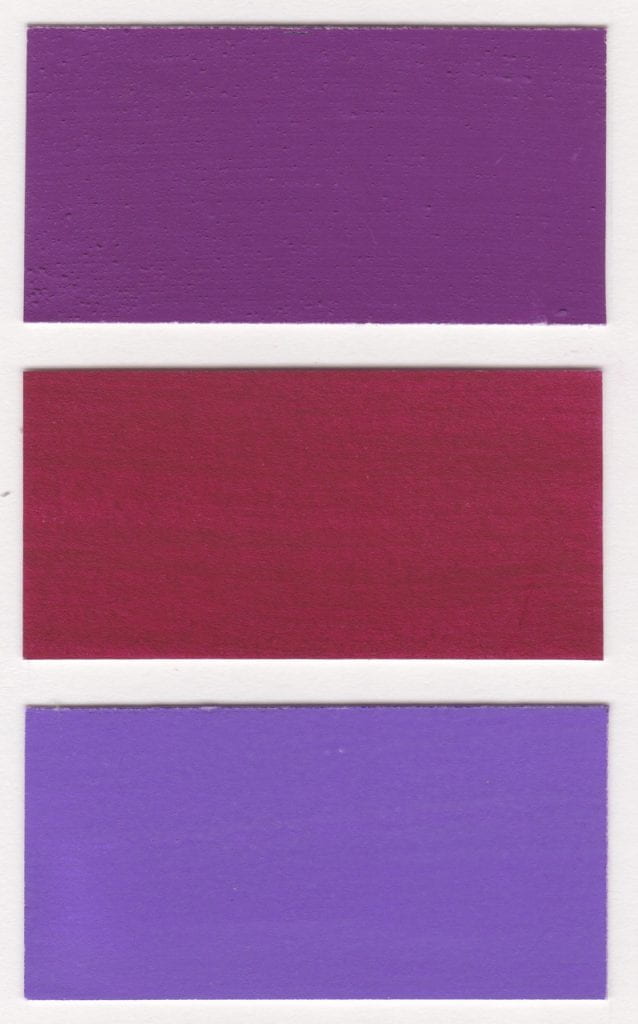
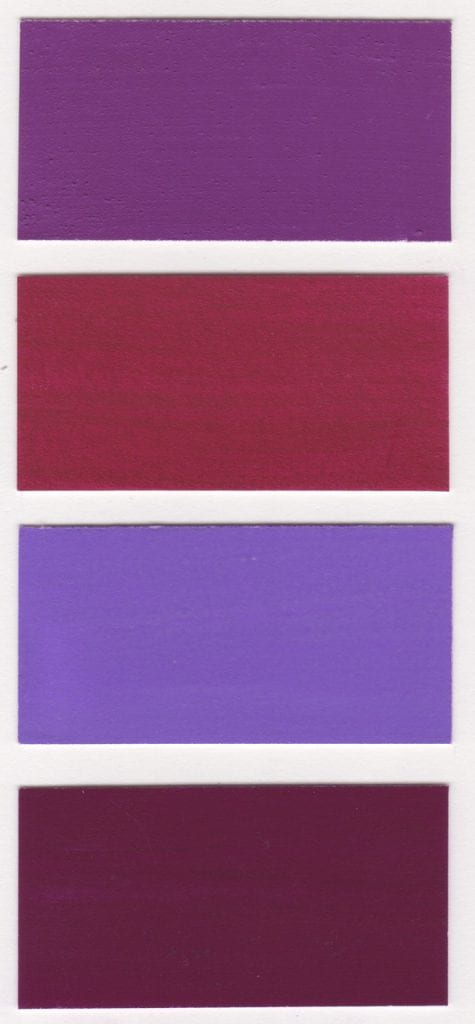



 Close
Close










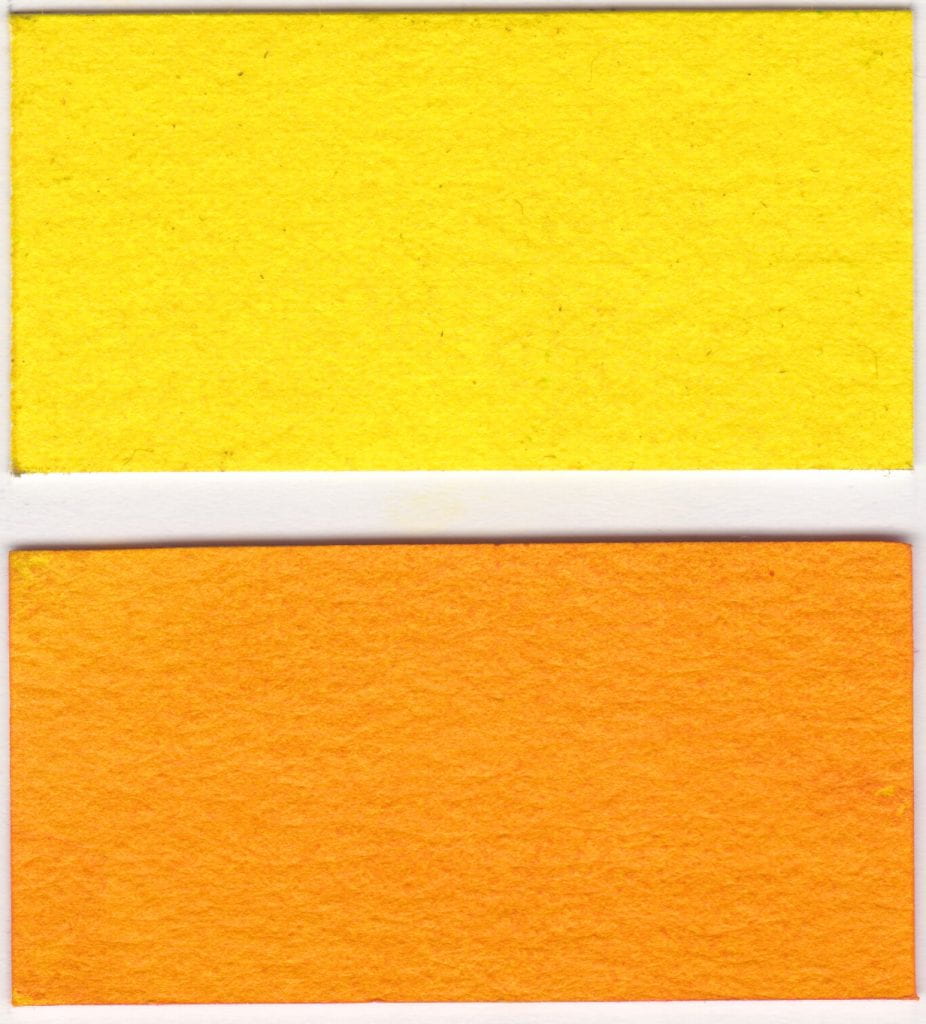






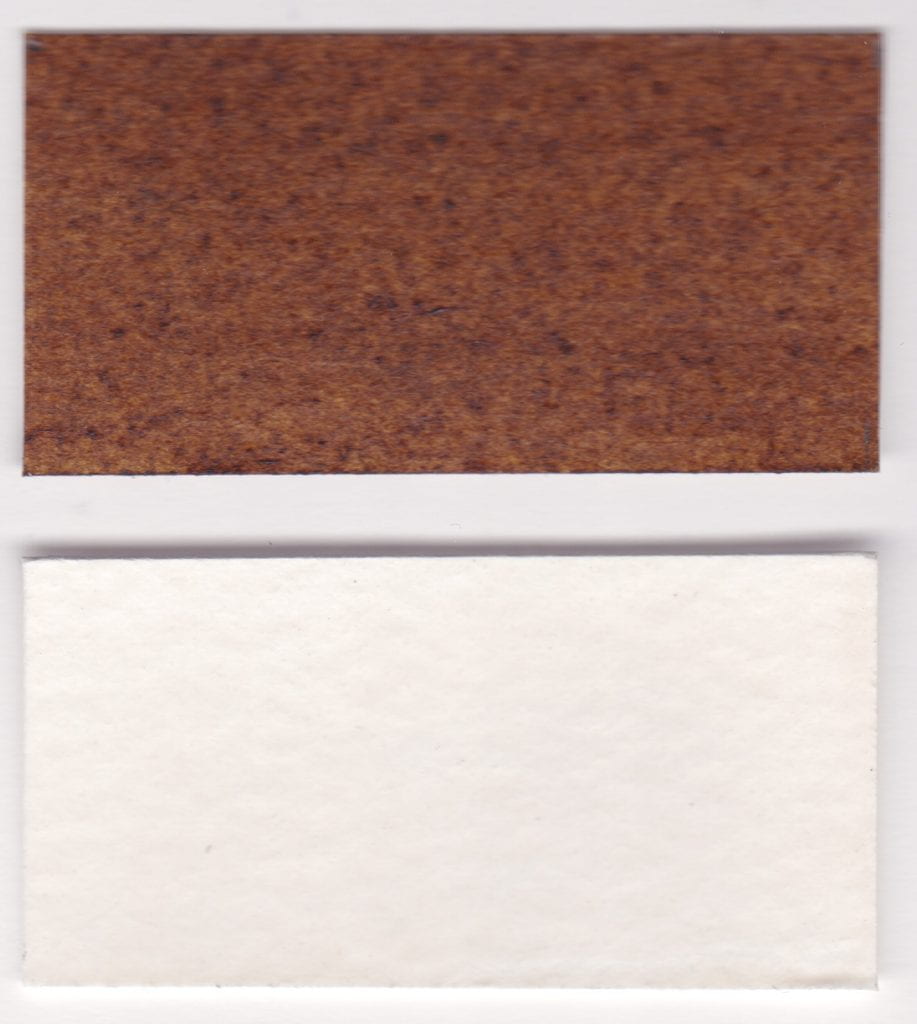
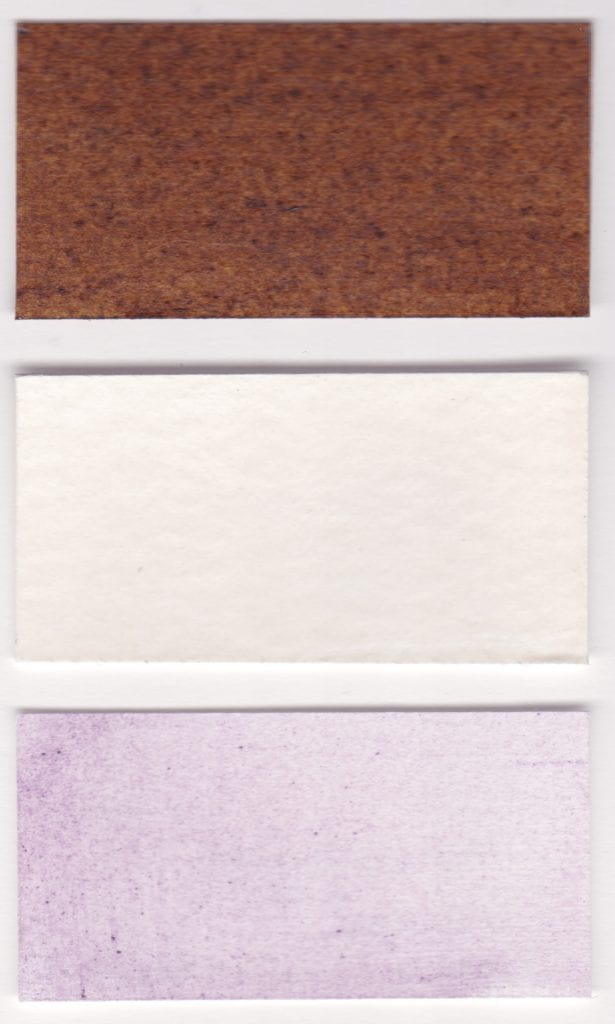





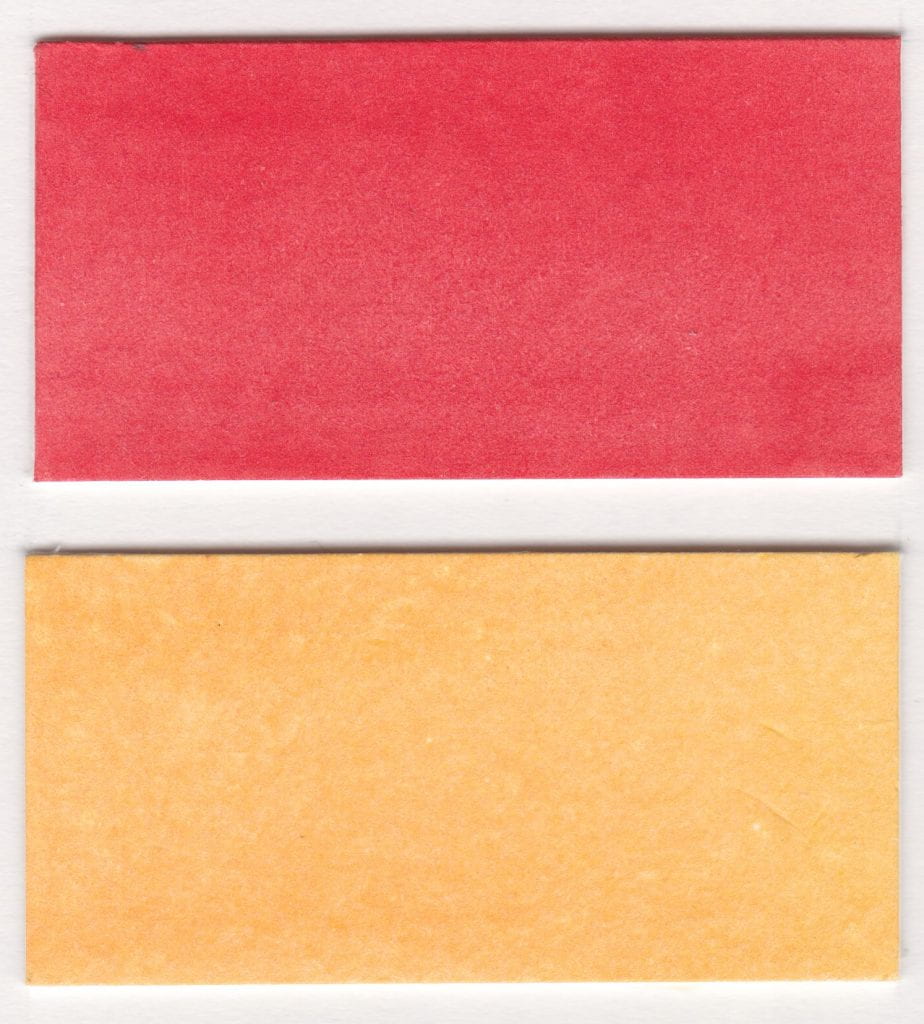

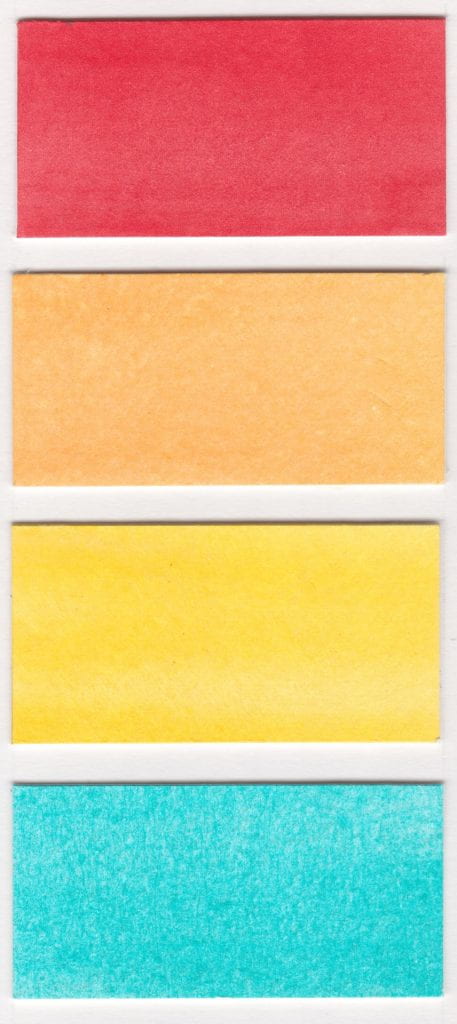



 A mineral specimen of malachite, illustrating its striking colour and typically encrusting habit (photo, Ruth Siddall).
A mineral specimen of malachite, illustrating its striking colour and typically encrusting habit (photo, Ruth Siddall). A photomicrograph of malachite prepared as a pigment and viewed using cross-polarised light (Photo © The Pigment Compendium, 2004).
A photomicrograph of malachite prepared as a pigment and viewed using cross-polarised light (Photo © The Pigment Compendium, 2004). Rhomboid-shaped palette in the Bolton Library and Museums collection (accessioned as 1909.76.10).
Rhomboid-shaped palette in the Bolton Library and Museums collection (accessioned as 1909.76.10).
 Crushing malachite against a large sandstone anvil stone, with a handheld limestone hammer stone, to produce small shards and powder.
Crushing malachite against a large sandstone anvil stone, with a handheld limestone hammer stone, to produce small shards and powder.






